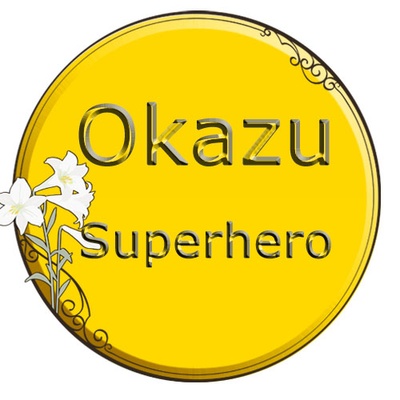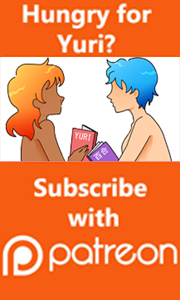![]() Yaichi is not a typical Japanese man. He is a single father and works at home, raising his young daughter, Kana. But, in most things, he thinks of himself as completely typical. He believes in the social order as it was presented to him….even though he himself has failed to completely conform.
Yaichi is not a typical Japanese man. He is a single father and works at home, raising his young daughter, Kana. But, in most things, he thinks of himself as completely typical. He believes in the social order as it was presented to him….even though he himself has failed to completely conform.
When Yaichi’s late brother’s husband arrives from Canada to learn about his husband’s early life, everything Yaichi thinks he believes in will be challenged.
My Brother’s Husband by Gengoroh Tagame is a beautiful story about the passive homophobia of “good” and “decent” people and how being made uncomfortable can lead to change.
The catalyst to this change is Mike Flanagan. Mike is Canadian and openly gay. He’s come to Japan to be closer to his late husband, Ryoji. Yaichi is made deeply uncomfortable by this physical reminder that his brother was gay, and felt that he needed to leave Japan, but when Kana intercedes on her new-found uncle’s behalf, he invites Mike to stay with them.
Mike spends his time exploring locations from Ryoji’s youth. Yaichi spends his time recoiling from Mike’s emotional connection to his brother. As Yaichi comes closer and closer to recognizing his own homophobia, it’s Kana who always puts her finger on his sore spots. In her innocence, she asks questions Yaichi doesn’t have the bravery to ask, and in doing so, she’s the one who highlights the hypocrisy of adults.
Tagame-sensei’s art is beautiful and his love of men’s bodies is apparent. But it’s his gentle touch with painting men’s emotional life that really makes this book stand out. Because, My Brother’s Husband runs in Monthly Action, a manga magazine for adult men. These men have been trained by society to not ask the questions and to be embarrassed by those who do. Kana serves to help them learn, while Yaichi allows them to share that embarrassment, and come to understand that ignorance breeds that embarrassment, and fear.
The Japanese volumes for this series also include LGBTQ-community terminology and history in short essays between chapters. Explanations of gay pride and same-sex marriage and what LGBTQ means are discussed without complication…for the audience of Yaichis for whom this manga is written. These essays have been left out of the English edition and I’m torn on whether I think that a good or bad thing.
While in Japanese, this series is 4 volumes, (Here are links to Okazu Reviews for Volume 1 | Volume 2 | Volume 3, with Volume 4 being released in July 2017,) the English-language edition has broken the story into two beautifully-made hardcover volumes of approximately manga dimensions. The final pages include storyboard pages from the work.
If you have not already read this manga, I highly suggest that it would be an excellent Pride Month read.
Ratings:
Art – 9
Story – 9
Characters – 10
LGBTQ – 10
Service – 4
Overall – 10
In America, this is an important and exceptional work – in Japan it is groundbreaking as a LGBTQ-themed fiction manga by an openly gay creator, running in a manga magazine for adult men. I hope it is beginning of positive change.


